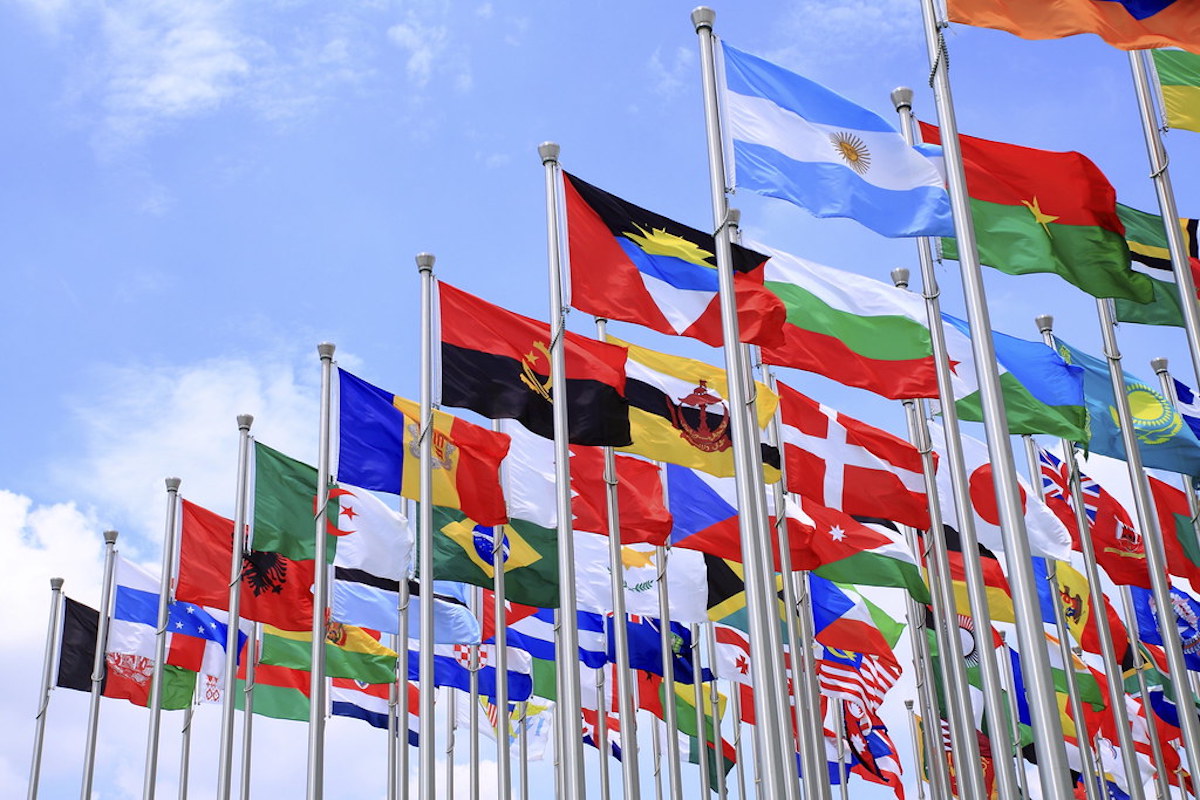Eco-Friendly Benefits of Kitchen Cabinet Refacing
Discover the eco-friendly benefits of kitchen cabinet refacing. Learn how this sustainable option can save money and reduce waste.

In a world where sustainability is becoming more important every day, homeowners are constantly seeking ways to make eco-conscious decisions. When it comes to home renovations, the kitchen is often the focal point, with many opting to update outdated cabinets. Traditionally, this meant a full cabinet replacement, but now, there's a more sustainable solution—kitchen cabinet refacing.
If you're looking for a way to give your kitchen a fresh, modern look without contributing to unnecessary waste, refacing is the eco-friendly choice. For more information on this environmentally friendly renovation option, check out Muskoka Kitchen Renewal. We’ll explore the eco-friendly advantages of kitchen cabinet refacing, including how it can reduce waste, save you money, and help you make a more sustainable home improvement decision.
What Is Kitchen Cabinet Refacing?
Before diving into the benefits, let’s define what kitchen cabinet refacing is. Instead of completely replacing your existing cabinets, kitchen cabinet refacing involves updating the cabinet doors, drawer fronts, and hardware, while keeping the original cabinet boxes intact. It’s a simple yet transformative way to refresh the look of your kitchen, and it can be done with a variety of materials such as wood veneer, laminate, or even recycled materials.
Now that you understand the basics, let’s explore the eco-friendly advantages of this approach.
1. Reduces Waste and Landfill Contribution
One of the most significant environmental benefits of cabinet refacing is waste reduction. Traditional cabinet replacement involves removing and discarding the entire cabinet set, often made from non-biodegradable materials. These discarded cabinets often end up in landfills, contributing to growing waste problems.
By opting for refacing, you are reusing the existing cabinet boxes, preventing them from being thrown away. This means less material waste and fewer resources used in the manufacturing of new cabinets. According to the Environmental Protection Agency (EPA), construction and demolition waste make up nearly 40% of the total waste generated in the United States, so reducing this waste is crucial for a more sustainable future.
Benefits:
-
Less material waste
-
Reduced environmental footprint
-
Fewer products are sent to landfills
2. Saves Natural Resources
Producing new kitchen cabinets requires significant resources, including wood, metal, and various manufacturing materials. Unfortunately, many of these resources are not sustainably sourced, leading to deforestation and the depletion of natural habitats.
By choosing to reface your existing cabinets, you are indirectly reducing the need for the extraction and processing of raw materials. This is especially important in the case of wood, where many companies now use sustainable wood sources to minimize environmental impact. However, the demand for wood can still contribute to forest depletion when demand outweighs sustainable practices.
When refacing, you can choose materials that are more eco-friendly, such as reclaimed wood or low-VOC (Volatile Organic Compound) laminates, which further enhance the sustainability of the renovation.
Benefits:
-
Reduces the need for new materials
-
Supports sustainable sourcing practices
-
Can include eco-friendly materials like reclaimed wood or low-VOC laminates
3. Reduces Energy Consumption
Manufacturing and transporting new kitchen cabinets consume considerable energy. The process includes logging, cutting, transporting, and assembling materials—all of which have significant carbon footprints. These emissions contribute to global warming and climate change.
By refacing your cabinets, you are bypassing the energy-intensive process of creating entirely new units. Fewer materials need to be processed, and you’re not requiring additional resources to be transported long distances. This helps to minimize the overall energy consumption associated with the project.
Benefits:
-
Lower carbon footprint
-
Fewer resources are used in production and transportation
-
Reduced overall energy consumption
4. Saves You Money
Eco-friendly solutions often come with a price tag, but not in the case of cabinet refacing. While it’s true that replacing cabinets entirely can be costly due to the price of new materials and labor, refacing offers an affordable alternative. Not only is refacing generally cheaper than full cabinet replacement, but it also avoids the expense of hauling away and disposing of your old cabinets.
For many homeowners, the cost-effectiveness of kitchen cabinet refacing makes it an attractive choice. You get a fresh new look for a fraction of the price of a full renovation, and you also enjoy the long-term savings associated with the reduced energy consumption and resource use.
Benefits:
-
Affordable renovation option
-
Avoids disposal and installation costs
-
Cost-effective way to revitalize your kitchen
5. Improves Indoor Air Quality
While it may not be the first thing that comes to mind, improving your home’s indoor air quality is another eco-friendly benefit of cabinet refacing. New cabinets often contain materials like particleboard and MDF (medium-density fiberboard), which can emit harmful VOCs. These chemicals can compromise air quality and pose health risks to your family.
When you reface your cabinets, you have the option to use low-VOC materials that contribute to a healthier indoor environment. Many eco-conscious cabinet refacing companies, like Muskoka Kitchen Renewal, offer sustainable options that promote better air quality.
Benefits:
-
Lower VOC emissions
-
Healthier indoor environment
-
Better air quality in your home
6. Customization for Sustainability
Refacing offers a range of materials that allow for eco-friendly customization. From reclaimed wood to sustainable laminate options, the materials you choose can further enhance the sustainability of your kitchen renovation. Not only will you be reducing waste by keeping your existing cabinet boxes, but you can also select materials that align with your eco-conscious values.
Additionally, many companies now offer eco-certifications for their materials, ensuring that the products you choose meet specific environmental standards.
Benefits:
-
Wide range of sustainable materials
-
Customization for personal taste and eco-friendly values
-
Certifications to verify eco-friendly materials
7. Longevity and Durability
A significant advantage of kitchen cabinet refacing is the durability it provides. Refacing often uses high-quality finishes and materials that are designed to last for many years. This means fewer renovations in the future, which directly reduces the frequency of waste generation and resource consumption. Opting for refacing ensures that your cabinets continue to look beautiful and functional without the need for constant updates.
Benefits:
-
Long-lasting results
-
Reduced need for future renovations
-
Sustainable in the long run
Conclusion: Refacing Is the Future of Eco-Friendly Kitchen Renovations
As homeowners continue to look for ways to make more sustainable choices, kitchen cabinet refacing stands out as a smart, eco-friendly solution. It reduces waste, conserves natural resources, and helps improve your home’s energy efficiency, all while saving you money.
Isn't it time for your kitchen to get an upgrade—one that benefits both your home and the planet? Consider the eco-friendly advantages of refacing and make a positive impact on your home and the environment.
What are some of the most important sustainability factors for you when renovating your kitchen? Let us know in the comments!
What's Your Reaction?

















